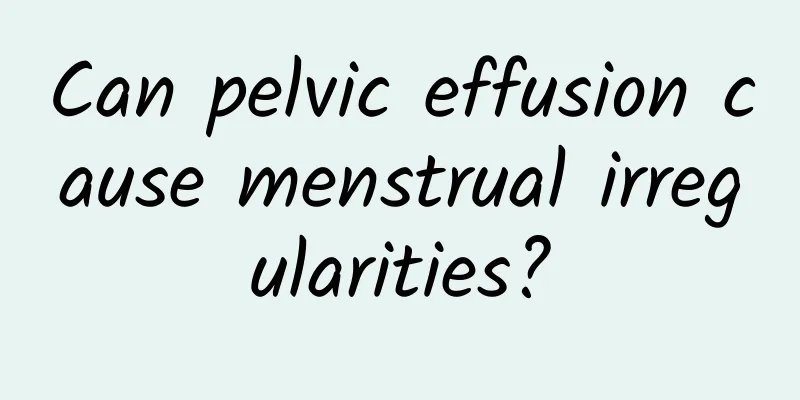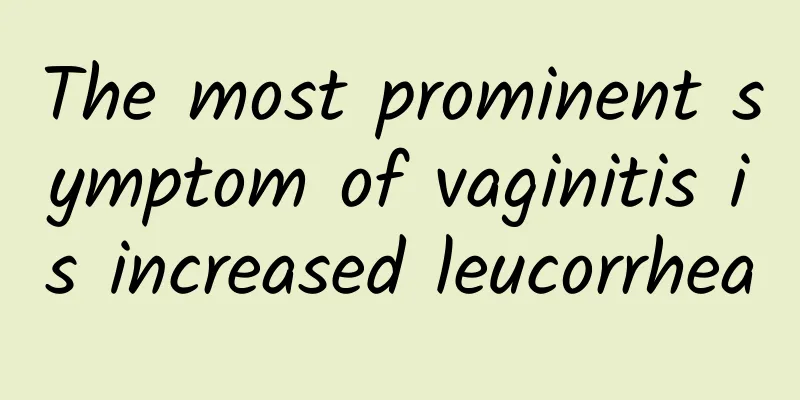Treatment of endometrial tuberculosis includes several aspects

|
Endometrial tuberculosis is a common gynecological disease. In daily life, many married women do not pay much attention to personal hygiene in this regard, which may lead to the occurrence of endometrial tuberculosis. In fact, the treatment of endometrial tuberculosis has been studied clinically. So, how to treat endometrial tuberculosis? 1. General treatment Patients with acute endometrial tuberculosis should rest in bed, preferably in a semi-recumbent position, to facilitate the confinement of tuberculosis and the drainage of uterine secretions; hot compresses can be applied to the lower abdomen to promote the absorption of tuberculosis and relieve pain; bowel movements should be kept open to reduce pelvic congestion and facilitate toxin excretion; excessive gynecological examinations should be avoided to prevent the spread of tuberculosis; physical cooling can be used for high fever; the diet should consist of liquid or semi-liquid, easily digestible foods that are high in calories, protein, and multiple vitamins. Those who cannot eat should receive intravenous nutrition and water supplements, and pay attention to correcting electrolyte imbalances and acidosis. 2. Clear uterine cavity residues and other foreign matter Endometrial tuberculosis after childbirth or abortion, if there is suspected placental tissue residue, should be removed immediately while using antibiotics, but it is better to gently protrude the uterine cavity residue, and try not to perform curettage. Curettage can be performed only when the antibiotics reach a certain dose and tuberculosis is under control to prevent the spread of tuberculosis. If there is active bleeding in the uterus, the uterine cavity can be cleaned with the use of a large amount of antibiotics. For those with contraceptive devices in the uterus, they should also be removed as soon as possible to eliminate the primary lesion and control the spread of tuberculosis. 3. Uterine dilation and drainage and estrogen therapy For chronic endometrial tuberculosis and senile endometrial tuberculosis, the cervical dilation method can be used to facilitate the drainage of uterine secretions and eliminate the cause. Elderly patients can also use a small amount of estrogen. |
<<: Treatment of endometrial tuberculosis
>>: What are the treatments for endometrial tuberculosis?
Recommend
We should take good care of adnexitis in daily life
Many women suffer from adnexitis. Most women do n...
Fasting and inducing vomiting to lose weight will only make you fatter! Nutritionist Yan Huijing reveals: 7 NG weight loss methods to avoid
In order to lose weight quickly, many people try ...
Can I eat bean sprouts after endometrial polyp surgery?
Can I eat bean sprouts after endometrial polyp su...
What causes cervical hypertrophy?
There are many reasons for cervical hypertrophy, ...
Constipation is not a good thing! 3 foods + fats are effective
The stool is not cleared and the lower abdomen is...
Four types of uterine fibroids
Uterine fibroids are the most common benign tumor...
What can I eat to shrink my uterine fibroids? What can I eat to shrink my uterine fibroids?
What should I eat to shrink my uterine fibroids? ...
Why is the uterine fibroid a little swollen? Is it normal to feel swollen with uterine fibroids?
Uterine fibroids are a common gynecological disea...
Can eating half a grapefruit before meals help you lose weight? The total amount of fruit is the key
Meet the Mid-Autumn Festival with "Yuzu"...
How to solve the problem of bleeding after abortion?
How to solve the problem of bleeding after aborti...
The diet for cancer patients undergoing chemotherapy starts with breakfast every day! Nutritionists teach you how to eat this breakfast to boost your energy
For cancer patients, proper breakfast supplementa...
How to check pathogens in chronic cervicitis
The pathogen detection of chronic cervicitis is m...
Mulberry and safflower soup can treat amenorrhea
There are many treatments for amenorrhea, and pat...
How do new mothers treat cervical erosion? Does postpartum cervical erosion need treatment?
Welcoming the arrival of a new life after childbi...
Symptoms of Trichomonas vaginitis
Vaginitis is a vaginal inflammation caused by pat...









